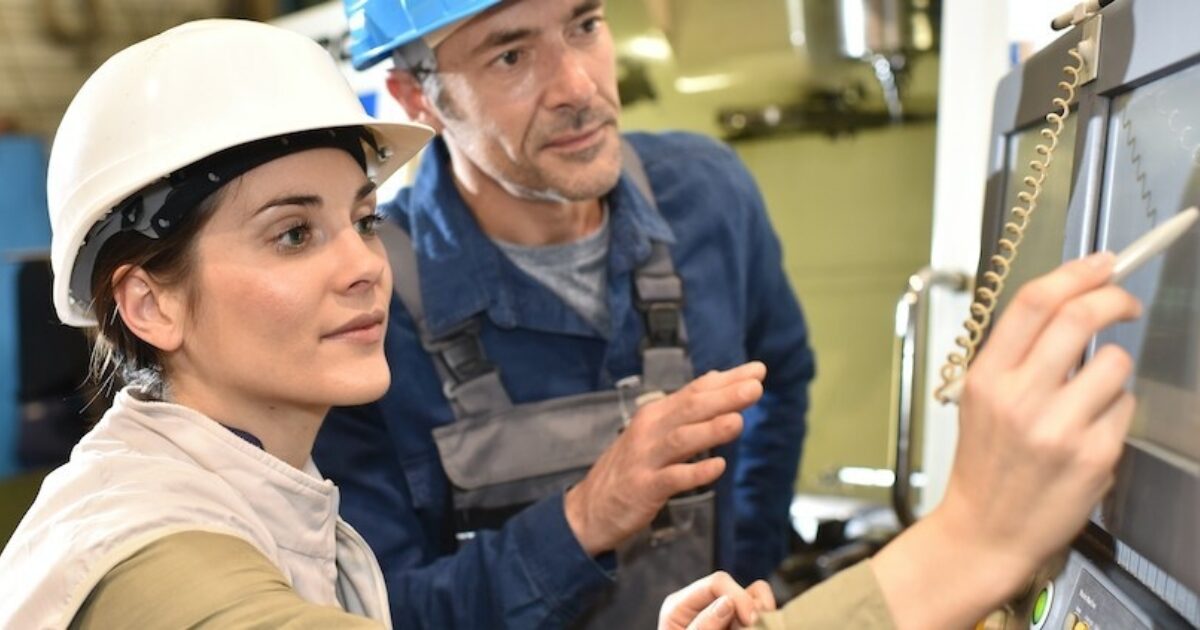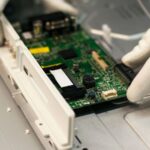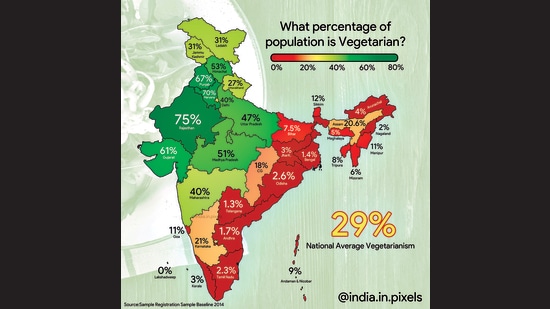(Originally posted on Jan 22, 2019 on the Drishti blog)
For decades, lean manufacturers have embraced the genba walk as a tool to understand firsthand what’s happening on the factory floor. In Japanese, genba means “the actual place,” and that’s where the genba happens; not in the offices, but on the floor, talking to the people who are doing the work, observing processes as they occur and making recommendations for improvements in real time. As plant managers walk, they learn more about operations than they ever could at their desks. They read the body language of the operators and understand where stress points exist.
Genba walks are critical, but they have limitations. Plant managers have dozens (if not hundreds) of lines to monitor, and limited time to execute. Many times, plant managers have data outputs from factory machines to help with the genba – industrial robots and cobots provide continuous information from the factory floor that helps plant managers understand where their attention is needed – in stark contrast, no such data is available on manufacturing tasks performed by humans.
This lack of data on tasks performed by humans requires plant managers to give equal attention to every line as they seek to uncover any potential stress points or issues. An impossible ask.
Technology powers the virtual genba
Technology will never (and should never, in my opinion) replace the genba walk. You simply can’t be an effective plant manager without being in the plant and seeing operations firsthand.
The role of technology is, therefore, to augment those efforts and make the genba walk more effective: You have a million square feet of production lines to manage, and you only have time to walk through a fraction of it every day. What if, before you put on your hard hat and safety glasses, new technology could automatically apply the Pareto principle and illuminate the most critical 20 percent, telling you where your attention would be most valuable for the next hour?
Today, AI technology can help plant managers stay connected to every line and identify stress points without being physically on site – a “virtual genba,” so to speak. Managers can then prioritize visits by which location needs the most attention, optimizing their limited time, keeping travel budgets low and focusing on the most impactful lines.
The key to an effective virtual genba: data
To reiterate, data from machines is available to help plant managers understand the situation with robots and cobots on the factory floor. But we just completed a study with A.T. Kearney that told us how limiting machine data is: According to our research, 72 percent of tasks in the factory are still performed by humans. That means if you aren’t measuring those tasks, you’re working with only about 1/4 of the information you need to make crucial decisions.
This is where, traditionally, the genba has had to play a critical dual role – those walks have provided the primary information on tasks performed by humans that plant managers have to operate on. Plant managers walk the floor not only to mitigate stress points, but to even get a sense of where those stress points might be prone to occur.
Further, the same study showed that it is people who introduce 68 percent of the defects. So the plant manager, on the genba, is left using his or her instincts – looking for the issues that need to be tracked down and remedied. Does that operator look stressed? Where are the bone piles that are growing due to re-work? On which lines are the quality blue coats spending significant time?
AI can take that step away from the plant manager, instead pinpointing the most critical lines in the entire plant, the ones that determine whether or not the plant hits its numbers for the month (and whether the plant manager hits his or her bonus for the quarter). Using technology, plant managers can stop using the genba to gather data, and instead use it to address issues based on the data already available.
Drishti maximizes the genba
At Drishti, we’ve created the next generation of computer vision and artificial intelligence technology to automatically provide the insights that enable the plant manager to do just this. We create enormous datasets of tasks performed by humans – data that hasn’t existed since Henry Ford, Frederick Taylor and the Gilbreths got mass production going.
At Drishti, we see a world where plant managers can use AI to effectively map out their genba walks. The datasets that Drishti’s AI produces can help plant managers narrow their focus on problem areas or outlier plants and lines, focusing their attention where it’s needed. Essentially, you can be selective about the situations in which you are physically present without taking your finger off the pulse of what’s happening on every line. The benefits of this virtual genba stretch beyond the plant manager: the CEO, the engineering team and even the customer all gain when virtual genba is deployed (I’ll dive into exactly how those groups see value in a future post).
In the Industry 4.0 factory, data can play a huge role in helping you sift through information to focus on what really matters, allowing you to make the most of your critical genba walk.
The genba isn’t the only way more data on humans helps manufacturers. Read about the ROI of having better factory analytics.










